
Red Robin Gourmet Burgers, Inc. PESTEL / PEST & Environment Analysis[Strategy] (Jessica Davis
Photinia Red Robins are one of those versatile plants that are equally beautiful both tall and small, with an attractive display of copper colour leaves (new growth) against a green backdrop of older leaves. The combination is just lovely.
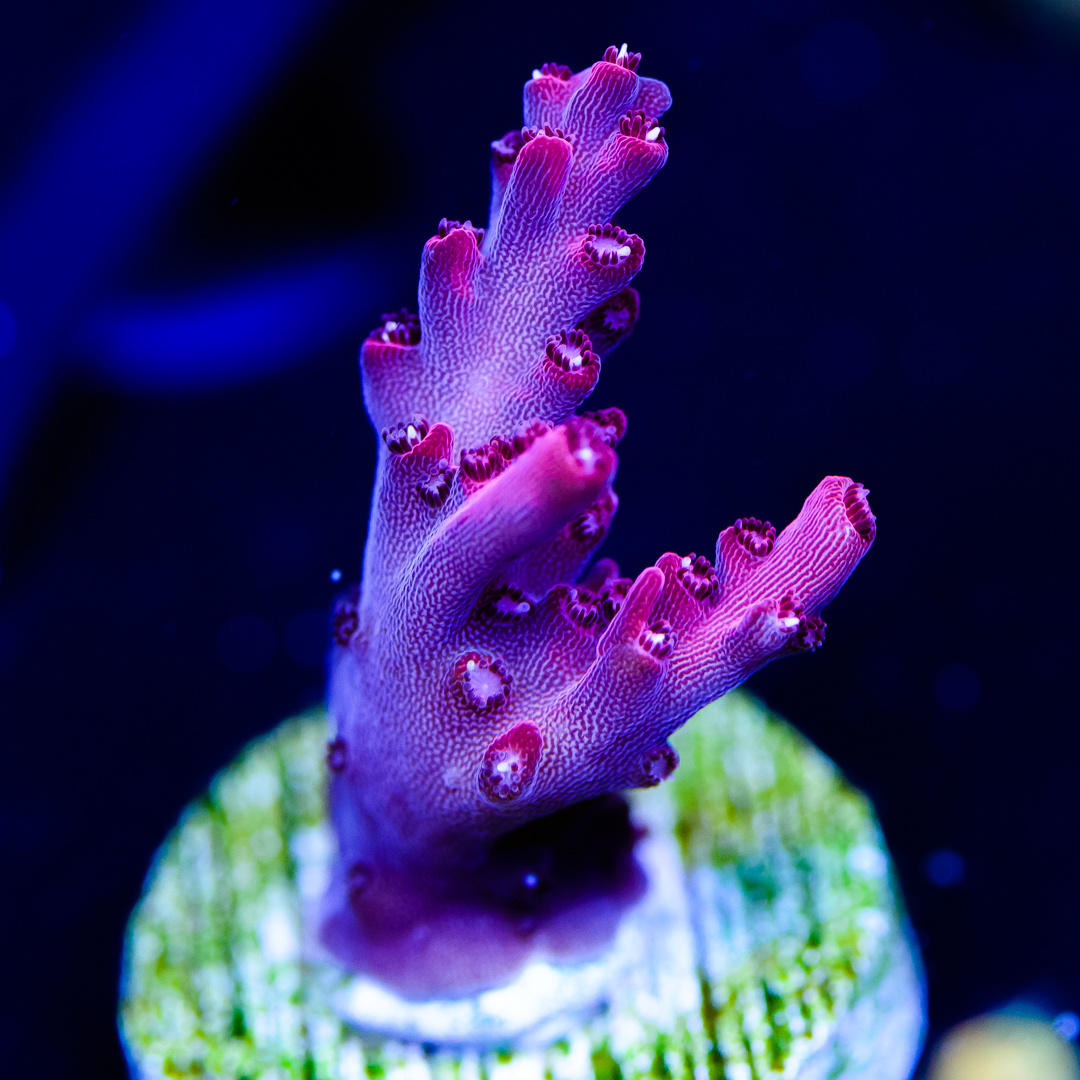
Fragfarmer Red Robin Acropora
The Photinia Red Robin is a hardy plant, hence it can survive in tough environments and will grow in most parts of the UK. However, perfect conditions for growth include well-drained soils with good ventilation and they prefer plenty of sun but will grow okay in a partially shaded area too.

Dead and diseased red robins — BBC Gardeners' World Magazine
Black or red spots on the leaves of your photinia plant indicate that it probably has leaf spot. This is by far the most common photinia disease by a long way. The affected leaves will fall off after they discolour. It the disease becomes widespread, the plant can start to look bare.

Photinia Red Robin Abony, Pest
Create a homemade robin repellent. To create a DIY bird repellent, take 8 ounces of water mixed with 1 ounce of crushed chili peppers. Place this mixture into a spray bottle and spray around your porch, roof, or other areas where you spot robins. Robins hate chili peppers and will be repulsed by the stench.

Photinia Red Robin Abony, Pest
last updated June 27, 2021 Photinias are large shrubs that grow well in the eastern portion of the United States. So well, in fact, they soon became one of the most popular hedge plants in the South.
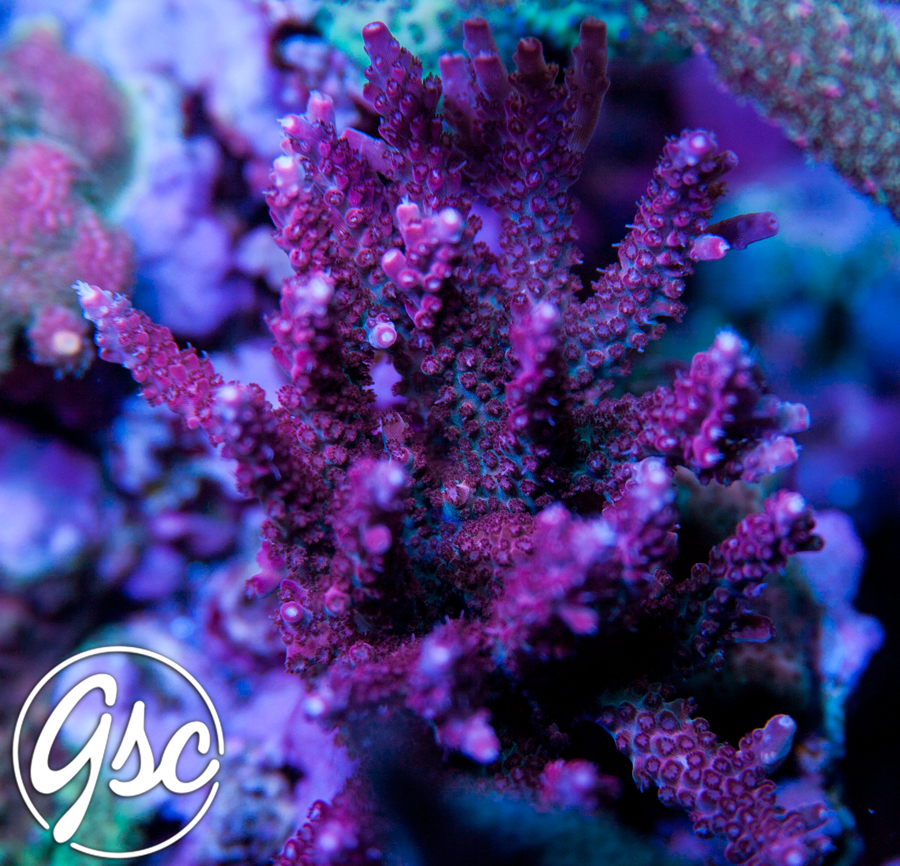
GSC Red Robin Stag
Photinia Red Robin is a popular hedging plant here in Australia. It has dark green oval leaves and responds well to regular pruning. The most stunning characteristic of this plant is its bright red new foliage that appears in spring. Pruning your Photinias regularly in winter will enhance the display of the bright red new shoots and leaves.
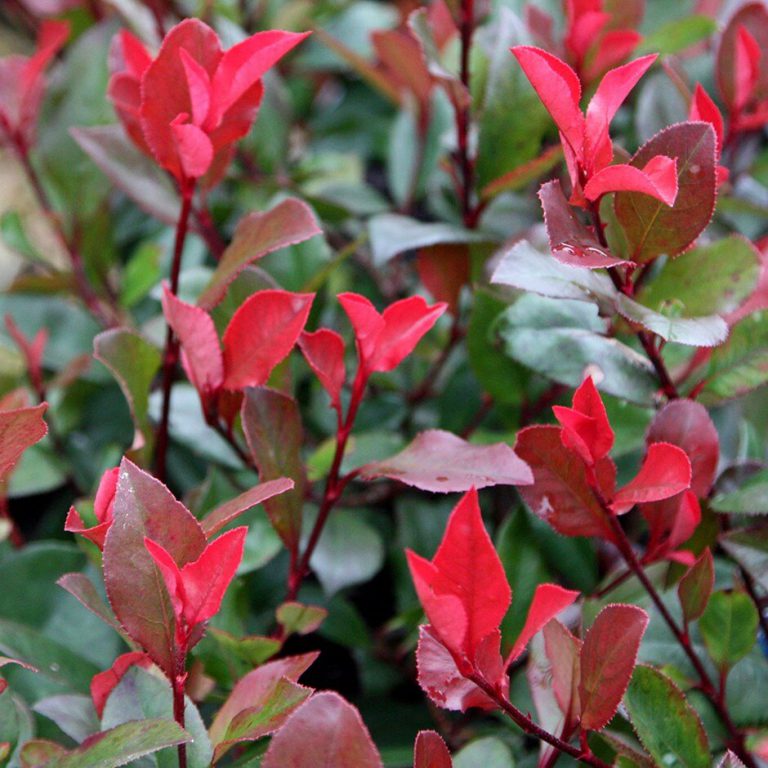
Photinia Red Robin The Nunhead Gardener
It makes a veyattractive standard plant. It is not suitable as a barrier hedge becauseit has no thorns and can easily be parted. Disease resistance is good with the exception of leaf spot. See oursection below on pests and diseases of this shrub for top tips aboutavoiding this problem. The
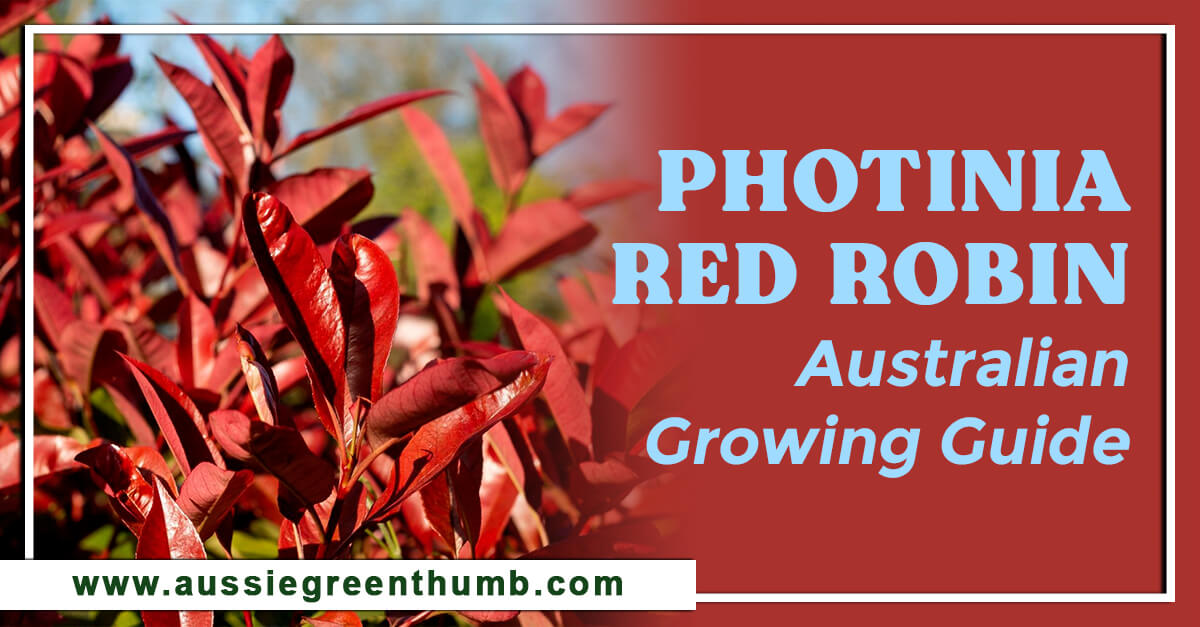
Photinia Red Robins Australian Growing Guide AGT
Photinia Red Robin Problems, Pests & Diseases. Photinia Red Robin, a versatile and visually striking shrub, has gained immense popularity among gardening enthusiasts and landscape designers for its bright red young leaves that mature into a deep, glossy green.Its tiny white flowers that bloom in the spring season further add to the charm of this evergreen shrub, making it an ideal choice for.

Photinia Red Robin Abony, Pest
Red Robin A popular garden hedge, photinia is a shrub that has seen an increase in its use in British gardens in recent years. It features brilliant spring and summer colours, as young foliage and fresh leaves are a striking hue of red.

FileRobin eating a worm in spring.jpg Wikipedia
It is the best season to plant. Photinia are best planted in fall to promote root development. In fall, photinia won't have any red leaves: they're all green by this time! The best time is November; however, you can plant as early as September and as late as December. Just make sure not to plant when it freezes. Planting in spring and summer
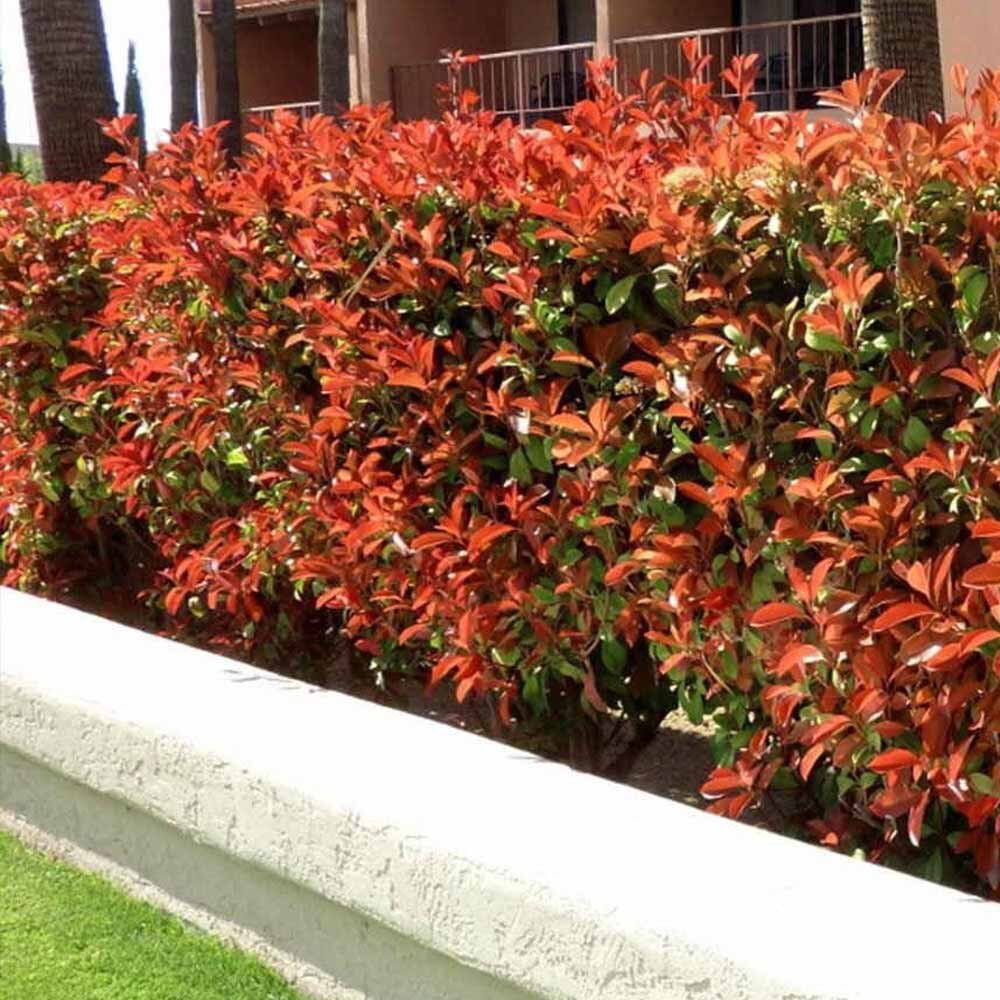
Photinia Red Robin The Nunhead Gardener
An evergreen shrub that reaches a height of 4m / 13ft and spreads in similar proportions if not pruned. When established, Red Robin grows at about 30cm per year. It's responsive to pruning and can be kept at a height of 1.2m / 4ft or lower for easy care. It is hardy in most areas of the UK, withstanding temperatures as low as -12°C.
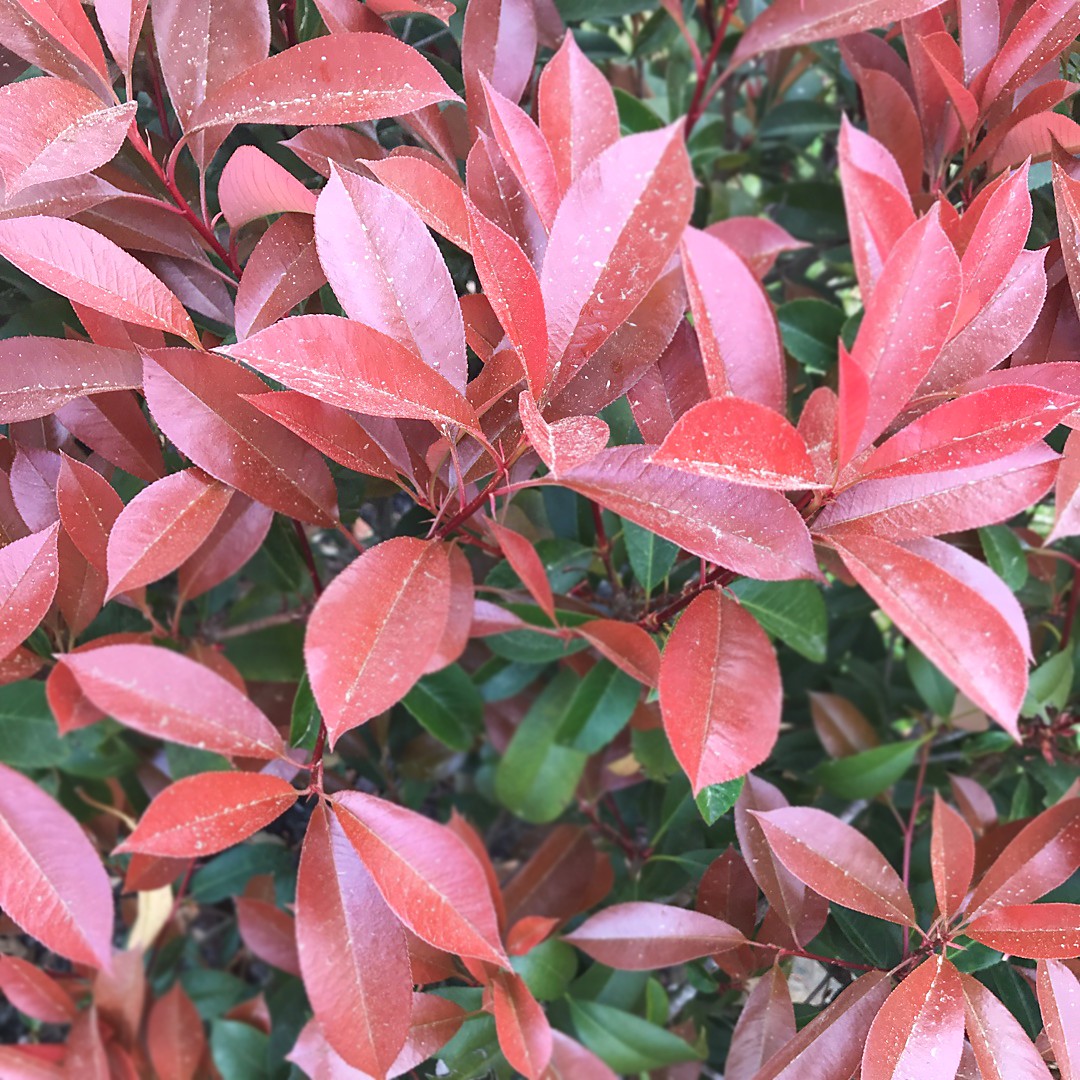
Photinia Red Robin Pests And Diseases
22 Nov, 2011 Avkq47 Photinia are generally pest free, though I have had some this year appearing to suffer with black spot, and little holes in the leaves, which a good spray with Rose Clear completely sorted out. It may be worth a try, especially on any new shoots. Slugs and snails tend to leave trails rather than individual holes.

Photinia Red Robin Diseases / Better varieties are 'indian princess,' which has smaller leaves
Photinia x fraseri' Red Robin': Red Robin is the most commonly planted cultivar. It grows 9 to 12 feet tall with a similar spread. It's a somewhat compact cultivar that is easy to tame for use in hedges. Photinia × fraseri' Little Red Robin': This plant is similar to Red Robin though much smaller, with a height and spread of only 2 to 3 feet.
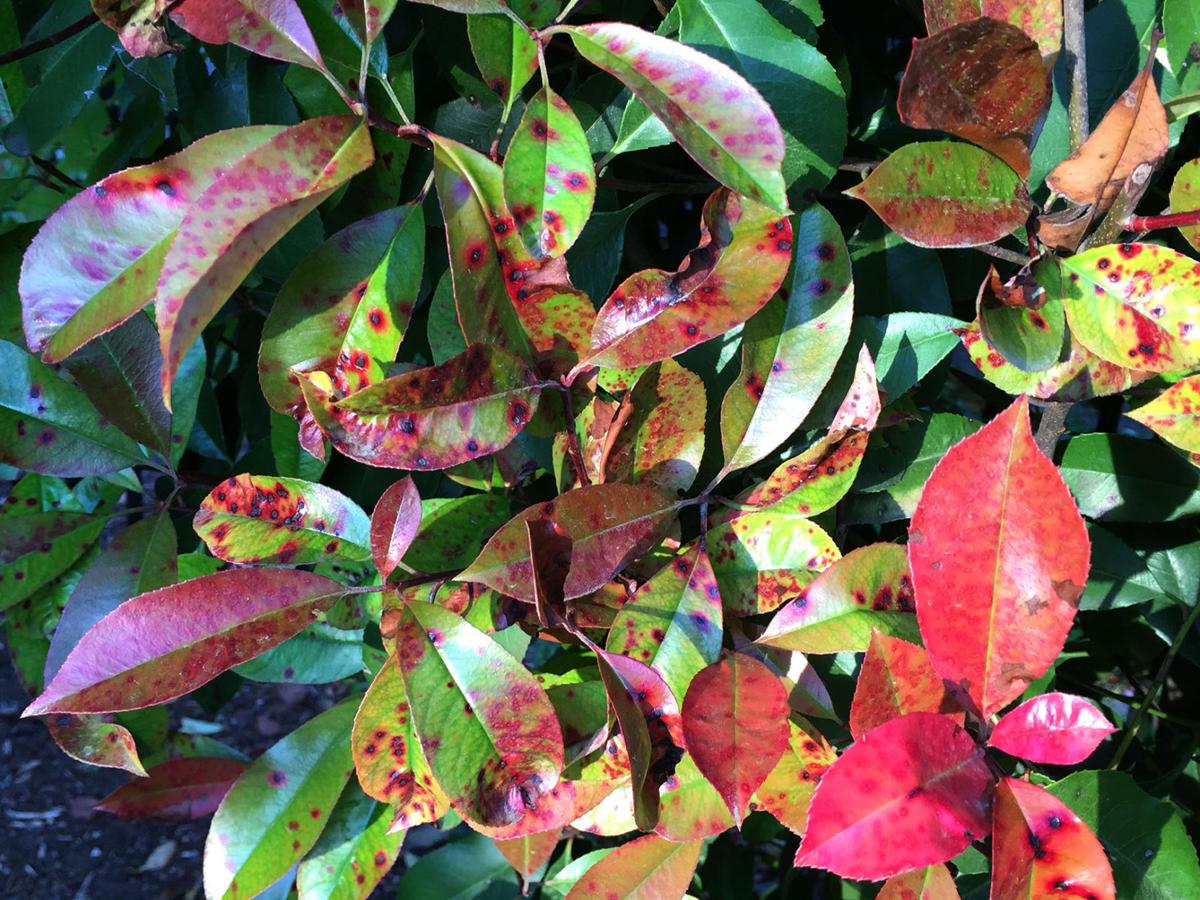
Fungal leaf spot big problem for redtip photinias Local
Plant Profile Contents plant family: Rose family (Rosaceae) sub-tribe: Stone fruit (Pyrinae) name of genus: Photinia native in Asia, mainly in China popular hybrid: Red Robin (Photinia fraseri) evergreen shrub or small tree plant height of 200 to 350 cm elliptical, glossy green leaves with red shoots white panicles from May to June
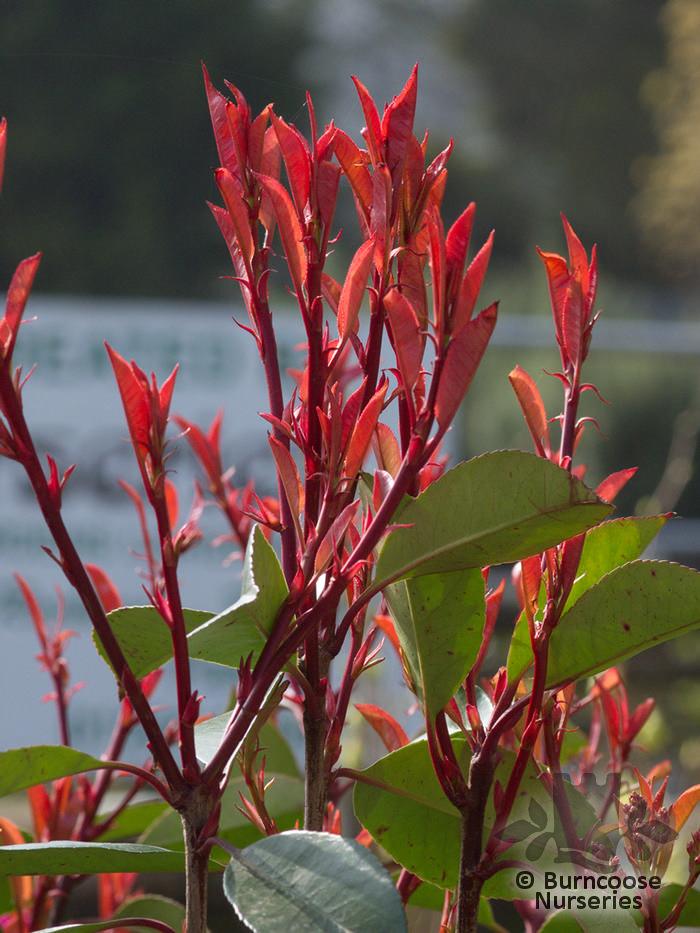
Photinia from Burncoose Nurseries
Plant identification Photinia species are large evergreen or deciduous shrubs or small trees. They can be useful as screens, espaliers, hedges, or background plantings. They are known for attractive foliage and colorful fruit. Photinia species are attractive to birds. Optimum conditions for growth

Photinia 'Red Robin' Care & Growing Tips Horticulture.co.uk
Red tip photinia ( Photinia x fraseri ), particularly the cultivar 'Red Robin', are everywhere - simply put, because they look good and grow pretty well in most conditions! But walk up close. Take the example from my snap above. They rarely look as good as they did in the nursery.